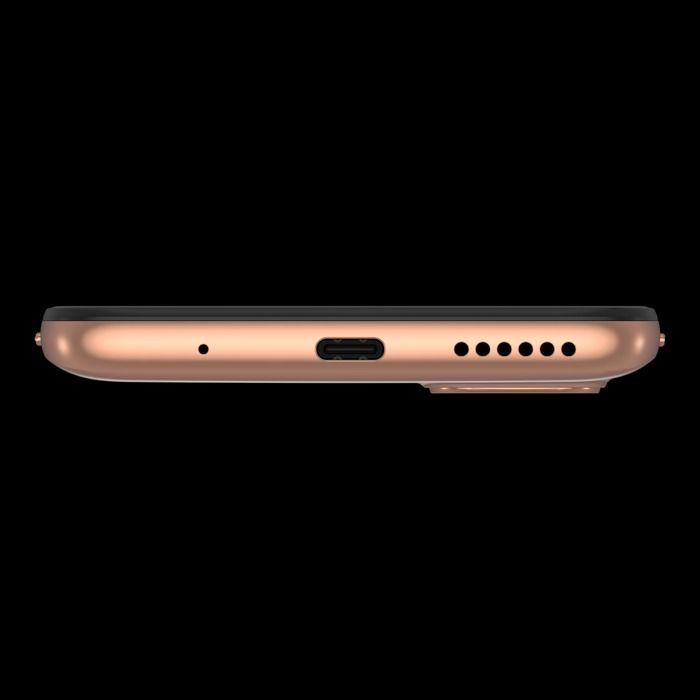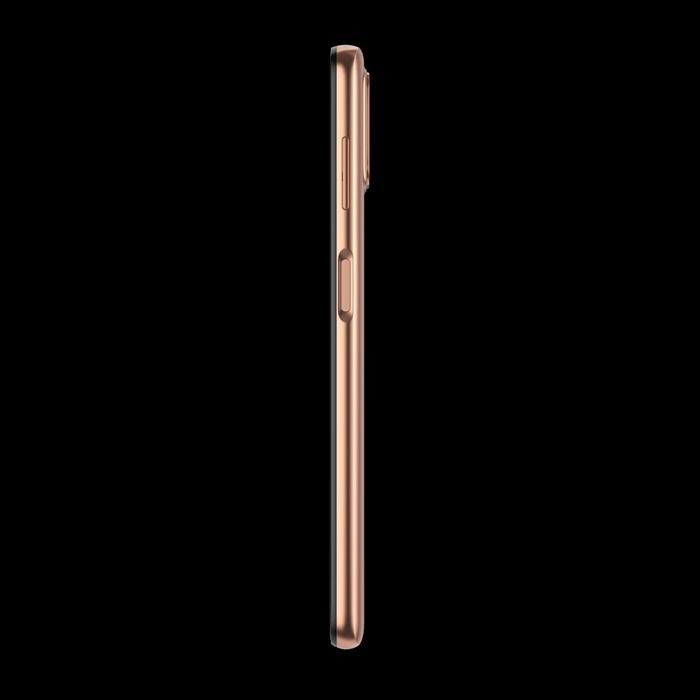After unveiling the Moto G9 and Moto G9 Play, Motorola has taken the wraps off the Moto G9 Plus, a massive mid-range smartphone with a 6.8-inch display, 64MP quad cameras, and a 5,000mAh battery.
The Moto G9 Plus is the largest of Motorola’s G9 series, but not by much. The Moto G9 and Moto G9 Play both featured 6.5-inch displays, so the difference is small. But, in living up to the plus moniker, the device features a slightly larger display with a 2400 x 1080 resolution.
Motorola Moto G9 Plus: Specifications
| Specification | Moto G9 Plus (XT2087-1), “Odessa” |
|---|---|
| Dimensions & Weight | 170 x 78.1 x 9.7 mm
223 g |
| Display | 6.8″ FHD+ display |
| SoC | Qualcomm Snapdragon 730G |
| RAM & Storage | 4GB + 128GB |
| Battery & Charging | 5000mAh
TurboPower 30W |
| Fingerprint sensor | Side-mounted fingerprint sensor |
| Rear Camera | Primary: 64 MP, f/1.8 Secondary (ultra-wide): 8 MP, f/2.2, 118 ° lens Macro: 2 MP, f/2.2 Depth sensor: 2 MP, f/2.2 |
| Front Camera | 16MP, f/2.0 |
| Other Features | 802.11 a/b/g/n/ac | 2,4 GHz and 5 GHz
Bluetooth 5.0 NFC 3.5mm headphone jack |
| Android Version | Android 10 |




One of the biggest differences compared to the G9 and G9 Play, however, is the Moto G9 Plus comes equipped with a Snapdragon 730G processor. That’s still mid-range by today’s high market standards, but it’s nothing to sneeze at. (The Pixel 4a also comes equipped with a Snapdragon 730G processor.) Compared to its siblings, the Moto G9 Plus also gets a different camera setup. It has a quad-camera setup with a main 64MP sensor along with an 8MP ultra-wide, a 2MP macro, and a 2MP depth sensor, so you can take portraits of friends and family. Other specs worth mentioning is the inclusion of 4GB of RAM, 128GB of internal storage, and Android 10 out of the box. As mentioned, Motorola’s newest device features a 5000mAh battery and supports 30W fast charger support.
The device is available in Brazil for R$2.499,10 in Rose Gold and Indigo Blue colors, but it’ll likely launch in other markets soon.
Update: Motorola Moto G9 Plus launched in Europe and UK
Motorola has launched the Moto G9 Plus in the UK for £259, and for €269 in Europe and selected Latin American countries. The pricing was confirmed by Motorola PR, although the smartphone hasn’t been spotted as being available on Amazon UK and Motorola UK just yet.
The device will also launch in Middle East and Asia Pacific region in the coming weeks.
The post Motorola launches the Moto G9 Plus with a 6.8″ display, 64MP quad cameras, and 5000mAh battery appeared first on xda-developers.
from xda-developers https://ift.tt/2ZsVPCn
via IFTTT








 :
: